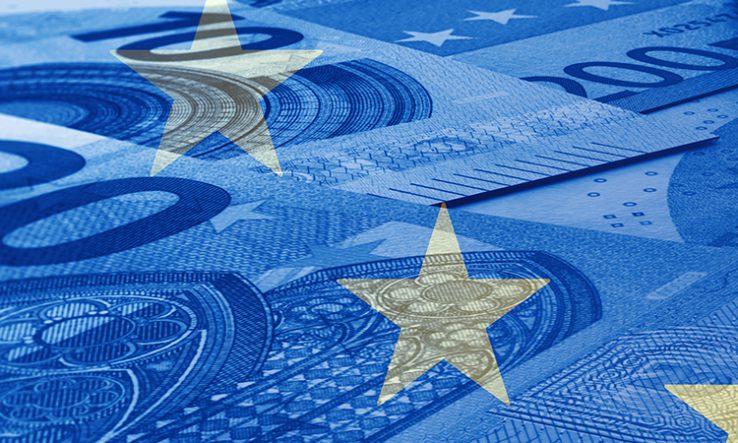
Governments can seek to use fund to support R&D and education, among other areas
The EU has signed off on the €672.5 billion instrument—the Recovery and Resilience Facility—that forms the bulk of its planned €750bn Covid-19 recovery fund. EU member state governments will allocate the funds to economy-boosting investments and reforms, which can include supporting R&D and education.
The European Parliament president David Sassoli and Portugal’s prime minister António Costa, representing the January-June Portuguese presidency of the Council of the EU, completed the formal sign-off of the RRF on 13 February. The Council backed the legislation for the RRF the previous day, the Parliament did so earlier in the week, and the legislation is expected to come into force on 19 February.
“By mid-year we should be able to disperse the first funds,” the European Commission president Ursula von der Leyen said at a press conference following the signing, referring to a 13 per cent allocation of the fund that the Commission has the option of “front-loading”—handing out immediately.
Each EU member state government must submit a spending plan for its share of the RRF, and the Commission and Council must sign-off on those plans before the money flows. Governments generally have until 30 April to submit their plans, although some already have.
“It is time to focus all efforts on the preparation and submission of ambitious national recovery and resilience plans,” said Portugal’s finance minister, João Leão. “At last we have a twin engine: a vaccine to save lives and a vitamin to boost economic recovery,” said Costa. “We must take up the ambition of having the first plans approved by the end of April.”
Funding from the RRF will flow into six broad areas: environmentally sustainable development, digitisation, economic development, social cohesion, health and social resilience, and policies for the future. At least 37 per cent of the funds must be spent on the first area, and at least 20 per cent on the second.
But first, EU countries must transpose the EU’s ‘own resources’ rules, approved in December 2020, into national law, to allow the Commission to borrow the money for the RRF, which will itself be given out in a combination of loans and grants.
“Now it’s up to the European parliaments,” concluded Sassoli.